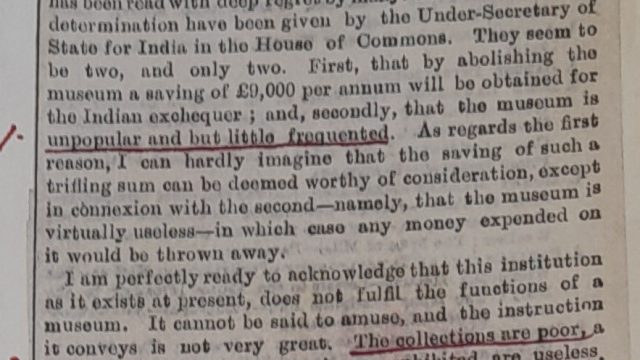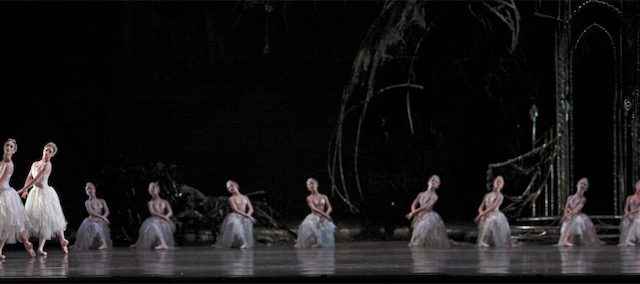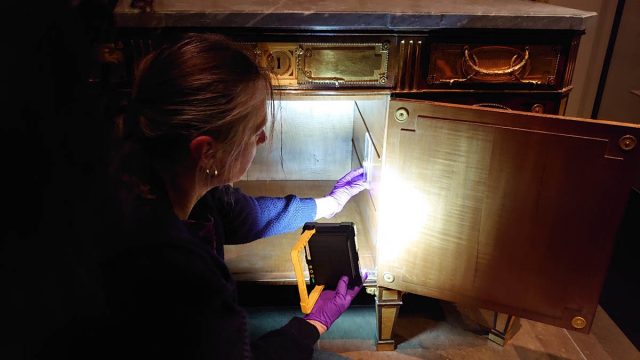Giuliana Videtta is an art historian and the former Director of the Accademia di Belle Arti, Florence.
In my previous blog I summarised the events relating to the history of the Florentine casts of Michelangelo’s David by Clemente Papi, and demonstrated the important cultural role that the Accademia di Belle Arti of Florence has had since its foundation.
The mould of David was completed by Papi in 1847, and the head was cast in bronze. This head was sent to the Great Exhibition in Paris in 1855 and received great admiration, and was awarded with the First Class medal[1]. The location of this bronze is no longer known. Fortunately the Accademia di Belle Arti in Florence still has the plaster cast of David’s Head (Inv. 1848/637).[2]This was offered to the school for educational purposes by Papi himself in 1848 [3] (Figure 1a-1b), and is the oldest known David plaster cast made by Clemente Papi (Figure 2). At this time, the interest in Michelangelo’s David was growing more and more, and the plaster cast of the head (109 x 80 cm) was proposed as a model at the Annual Contest of Figurative Drawing in 1848, 1852 and 1858.
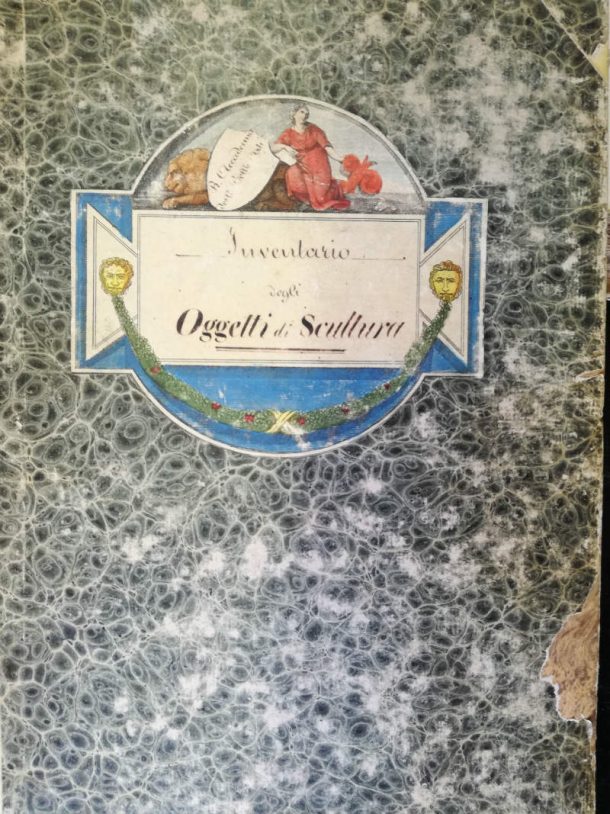
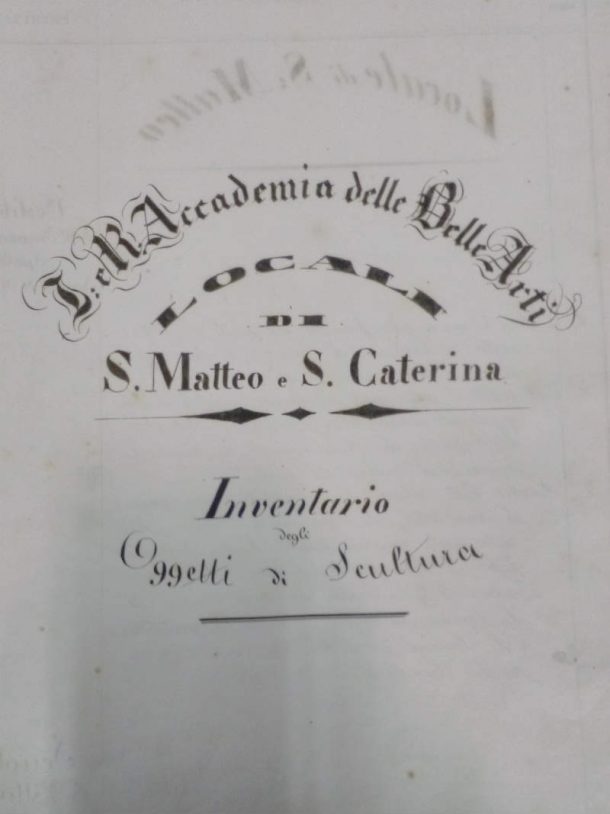
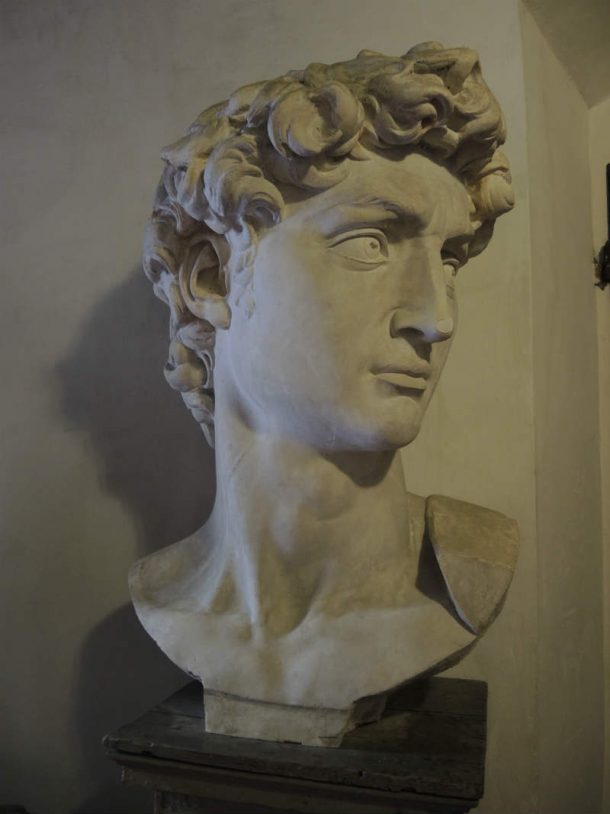
This first plaster cast of David’s Head is today on display on the ground floor of the Accademia di Belle Arti, in a tiny space near the Cenacolo (the Last Supper Hall). During further cataloguing of the collection in 2012, two red inscriptions on the back of the cast were reported: the numbers ‘3281’ (Figure 3) and in red the number ‘1695’ [3] The cleaning of the Head was carried out in 2014, for the exhibitions in Florence and in Rome which celebrated the 450-year anniversary of Michelangelo’s death (Figure 4).
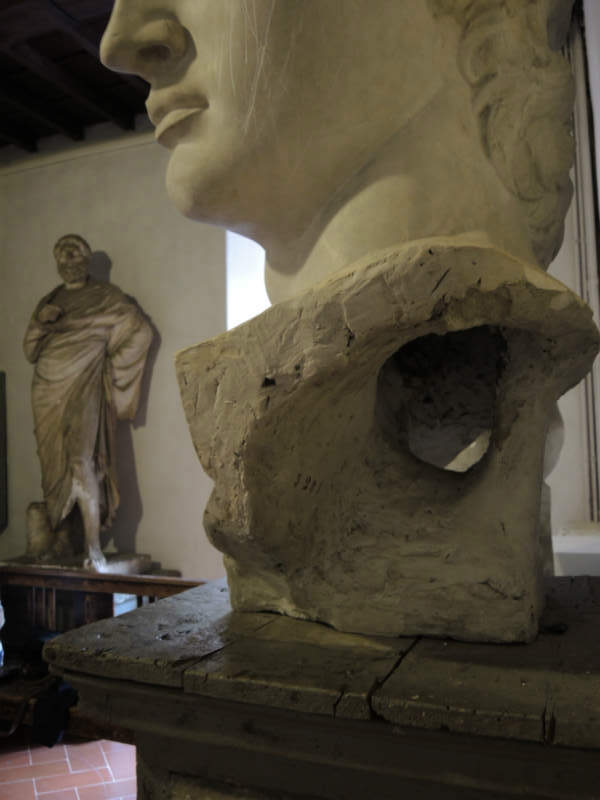
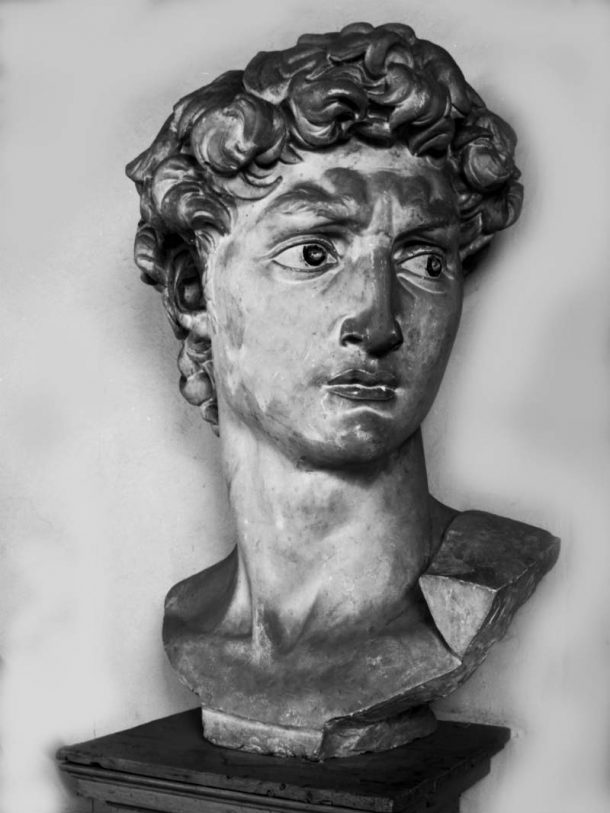
The Head is currently placed on a carved, wooden pedestal that has been painted grey(Figure 5) [5]. On three sides of this pedestal (130 x 60 cm) there are three panels (99 x 37 cm) with plaster bas-reliefs taken from the figures on the choir enclosure in Florence Cathedral, the work of Baccio Bandinelli (1493-1560), now, in part, in the Museo dell’Opera del Duomo (Figure 6). According to documents in the Academy’s Archives,[6]there were 27 original bas-reliefs by Bandinelli and they were fixed onto nine pedestals. The bas-reliefs on the base of David’s Head are the only ones now preserved in the Academy’s collection.
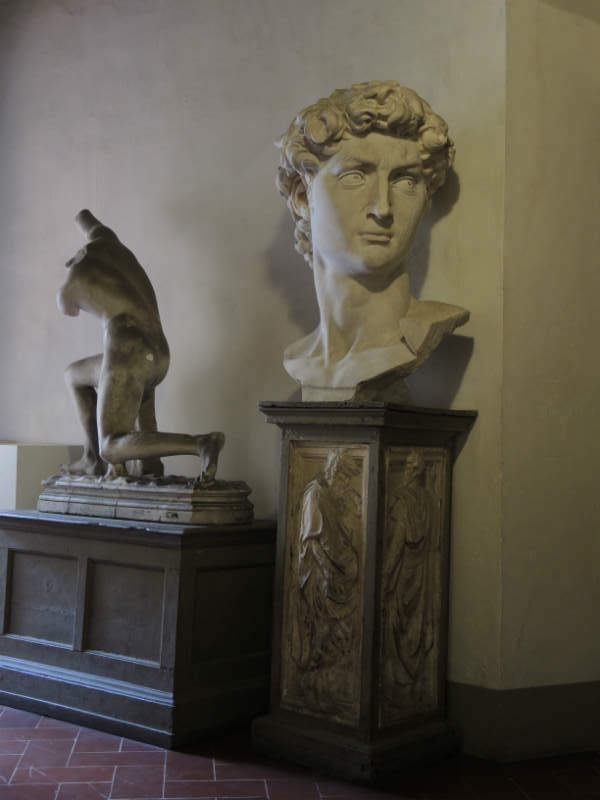
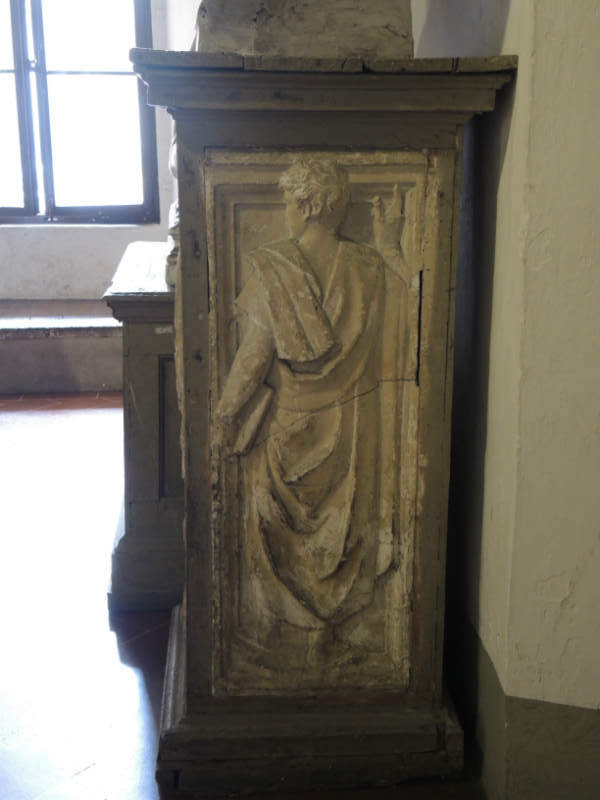
Notes about the Accademia di Belle Arti in Florence and its cultural heritage.
With a decree dated 3 October 1784 the Grand Duke of Tuscany, Pietro Leopoldo of Habsburg-Lorraine, (Figure 7) established the Accademia delle Belle Arti (Academy of the Fine Arts) of Florence, transforming the previous Accademia del Disegno (Academy of Drawing, founded in 1563 by Giorgio Vasari under the aegis of Cosimo I of the Medici and Michelangelo) into a public and free school.
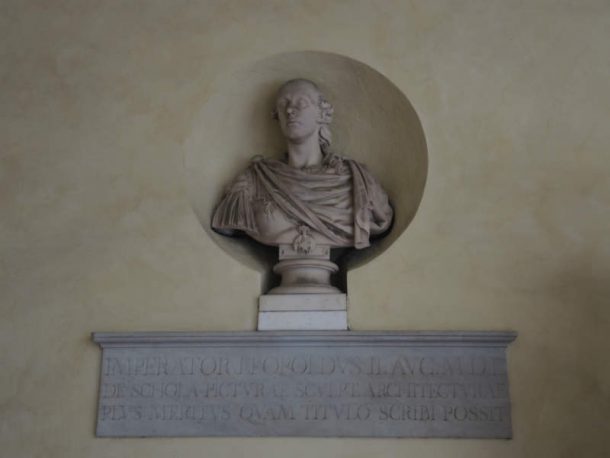
The large building of the former Spedale di San Matteo in via Ricasoli was refurbished for the new educational purposes (Figure 8), and is still used as the headquarters of the Academy of Fine Arts today.
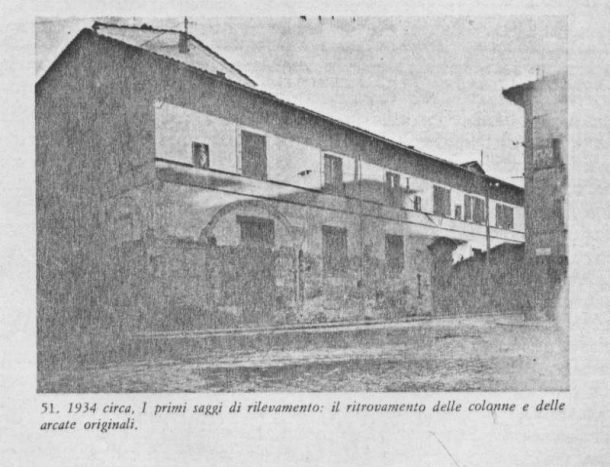
Figure 8. The facade of Accademia di Belle Arti in 1934 ca., with the early surveys for the restoration of the arcades, which had been closed since 1784. (Courtesy of the Accademia di Belle Arti di Firenze).
It also included the Gallery of Ancient and Modern Artworks, to be used by the students for drawing practice (Figure 9). As well as the desire to train ‘excellent artists’, according to neoclassical ideals, Pietro Leopoldo also intended to promote the quality and productivity of Tuscan craftsmanship, such as the casting of bronze, by training young students in the art of drawing. Students were taught to draw by copying paintings, casts, and statues by ancient masters in the collection of the Academy, and many new acquisitions were made to support this teaching activity.
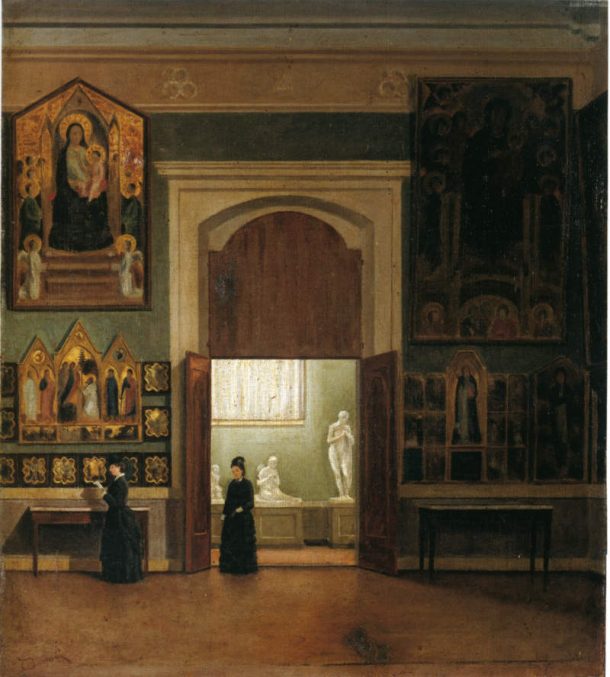
The plaster casts collection of the Accademia di Belle Arti of Florence.
Plaster casts have historically been used as a fundamental tool used in the teaching of traditional drawing techniques. Not only could the copying of casts teach students how to transfer a three-dimensional figure into a two-dimensional surface, but the close studying of the casts monochromatic surface could also help the student develop their understanding of the human form.
As such the Academy was given and acquired numerous sculptures and, in the nineteenth century, casts of a number of important Greek and Roman sculptures, (Figure 10), Renaissance and Mannerism statues, and Baroque masterpieces from the most important collections in Italy and Europe, were added to the collection, as well as original works by the Masters of the Academy and the bas-reliefs of the winners of the Premi di Concorso (Figure 11).
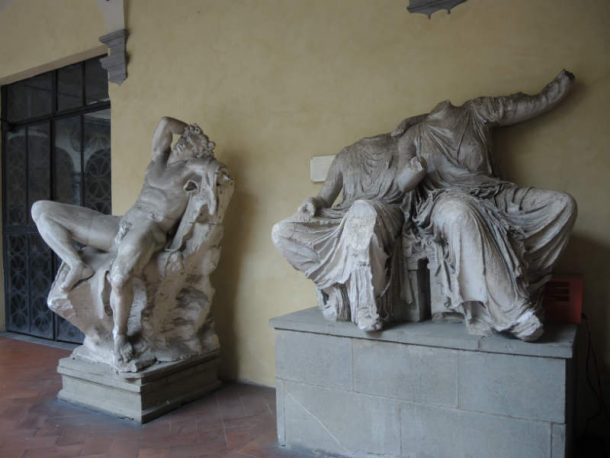
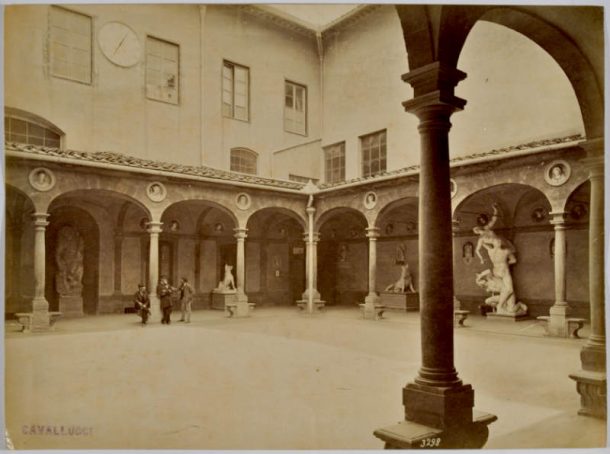
Around the middle of the nineteenth century there began to be greater interest in works of the Italian Renaissance rather than casts of antique sculpture, and particularly in the work of Michelangelo (Figure 12).

After the unification of Italy (1861), the artistic collection of the Accademia di Belle Arti – whose management was entrusted to the Royal Galleries and Museums in 1882 – was dismantled and distributed among the various Florentine museums: the Bargello, the Galleria dell’Accademia, the Uffizi, the Galleria d’Arte Moderna of Palazzo Pitti, Gipsoteca of the Istituto Statale d’Arte. Nevertheless, the Accademia di Belle Arti still has an important number of plaster casts in its collection, spread all over the building and deeply characterizing the place. During the twentieth century, there was less and less interest in plaster casts and they were no longer used in academic teaching. As a result the cast collection was rather neglected, but the awareness of its high historical value has brought a renewed interest in it in recent decades and has prompted further research into the collection (Figure 13 to Figure 15).
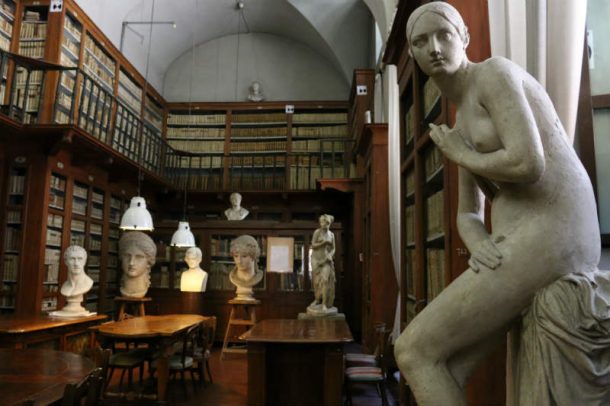
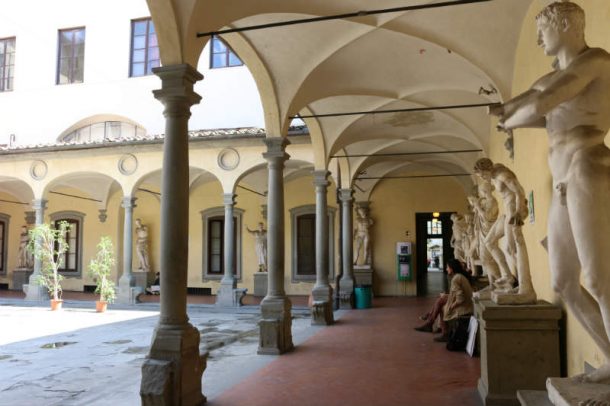
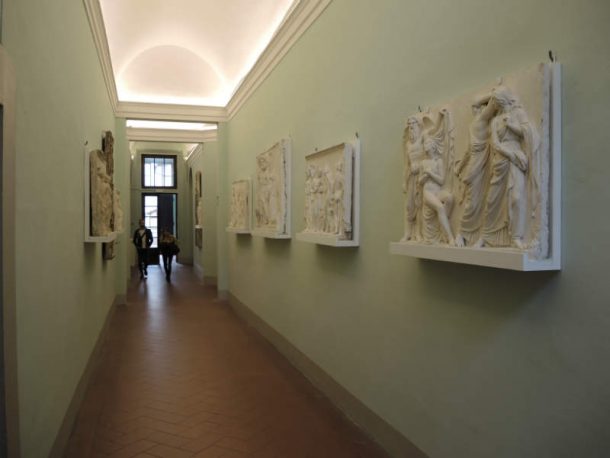
The initiative of Johanna Puisto, Sculpture Conservator at the V&A, to organize a series of blogs dedicated to David’s plaster casts by Michelangelo has given me the opportunity to briefly discuss the casts of David by Clemente Papi and the important artistic heritage of the Accademia di Belle Arti of Florence. I wish to thank her for this initiative, contributing to the spread of historical and scientific study of the David and its replicas, beyond the mass icon that this masterpiece by Michelangelo is become nowadays (Figure 16).
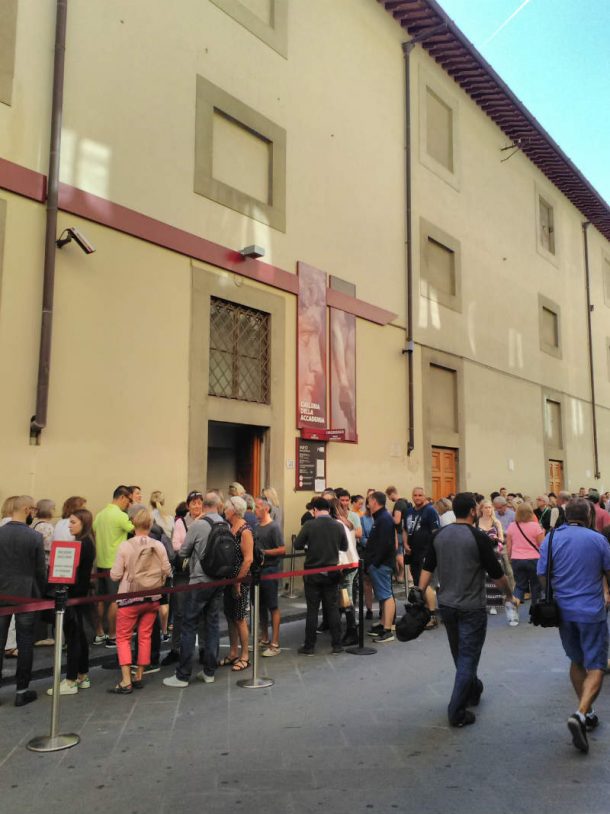
GIULIANA VIDETTA
Giuliana Videtta is an art historian formerly Director of the Accademia di Belle Arti of Florence. Born in Naples, she was awarded a first class degree from Naples on 18th-century Neapolitan painting. She has taught at the Academies in Naples, Carrara, Bologna and Florence, concentrating particularly on modern and contemporary art. She lives in Florence.
Footnotes:
- Rizzo, 2010-12, cit., p. 305
- For more on this topic, see documentation in the Archive of the Accademia di Belle Arti, Florence (AABAFi). In particular: «Repertorio degli Affari dell’Accademia di Belle Arti di Firenze 1611-1850» and «Inventari di beni mobili dell’Accademia». Concerning the artistic heritage of the Academy of Fine Arts in Florence, it is important to mention the 2012 cataloguing promoted by the Ministero dei Beni Culturali e Ambientali, and carried out by Giuliana Aiello and Sandro Bellesi for the Ufficio Catalogo della Soprintendenza and the Accademia di Belle Arti di Firenze. The acronym OA (for “artistic objects”), followed by a ten-digit number, is referred to this cataloguing campaign.
- AABAFi, Inventari di beni Mobili dell’Accademia, Inventario degli oggetti di Scultura dal 1848 al 1870: «Aumenti dell’Anno 1848 – N.637» and «Inventario generale dei mobili a tutto l’anno 1870 – N. 2429». See Aiello, 2014,, scheda I.5, p. 209.
- Record OA/0900450817 by Giuliana Aiello.
- Record OA/0900450818 by Giuliana Aiello.
- AABAFi, Inventari dei beni Mobili dell’Accademia, Inventario degli oggetti di Scultura dal 1848 al 1870, N.204.
References:
- Anna Gallo Martucci, Il Conservatorio d’Arti e Mestieri Terza Classe dell’Accademia delle Belle Arti di Firenze (1811-1850), M.C.S., Firenze, 1988.
- Annarita Caputo Calloud, “La dotazione di calchi di opere rinascimentali nell’Accademia di Belle Arti ed il centenario di Michelangelo (1784-1875)”, in Istituto Statale d’Arte. La scultura italiana dal XV al XX secolo nei calchi della Gipsoteca, catalogo a cura di Luisella Bernardini, Annarita Caputo Calloud, Mila Mastrorocco, Firenze, 1989, pp. XVII-XXXIV. Scheda pp. 148-152.
- Giuseppe Rizzo, Clemente Papi “Real Fonditore”: Vita e opere di un virtuosistico maestro del bronzo nella Firenze dell’Ottocento, in <<Mitteilungen des Kunsthistorischen Institutes in Florenz>>, 2010-2012, 54, 2, pp. 295-318.
- Giuseppe Rizzo, Il “risorgimento” dell’industria fusoria a Firenze: la regia fonderia di statue in bronzo di Clemente Papi prima e dopo l’Unità d’Italia (1837-1875), in “Bollettino della Società di Studi Fiorentini”, 20-21 (2011-2012), Alinea, Firenze, 2012, pp. 121-131.
- L’Immortalità di un mito, L’eredità di Michelangelo nelle arti e negli insegnamenti accademici a Firenze dal Cinquecento alla contemporaneità, catalogo della mostra a cura di Sandro Bellesi e Francesca Petrucci, Firenze 2014.
- Giuliana Aiello, in L’Immortalità di un mito, cit., Scheda (con rimandi documentari) n. I.5, pp. 209-210.
Acknowledgements:
My thanks to Johanna Puisto, Rosarosa Manca, who also assisted me in the translation of my text, Becky Knott and Chloe Kellow for editing; Anna Gallo Martucci for her support, expertise and friendship; Eugenio Cecioni, and Domenico Viggiano, formerly Directors of the Accademia di Belle Arti of Florence, for their kindness and for the images. I want also like to thank Giuliana Aiello, Sandro Bellesi, Angela Cammarota, Simonetta Luti, Daniele Mazzolai, Giuseppe Rizzo, Rocco Spina and Elisa Zadi.
Photographic credits: Gabinetto Fotografico Gallerie degli Uffizi, Firenze; Archivi Alinari, Firenze.
